The Egypt of the Great Pyramids, the Sphinx and the Valley of the Kings was an empire of indomitable might. Then, around 800 BC, the impossible happened. Kush, a subject kingdom from the south, rose up and conquered Egypt, enthroned its own pharaohs and ruled for nearly 100 years.
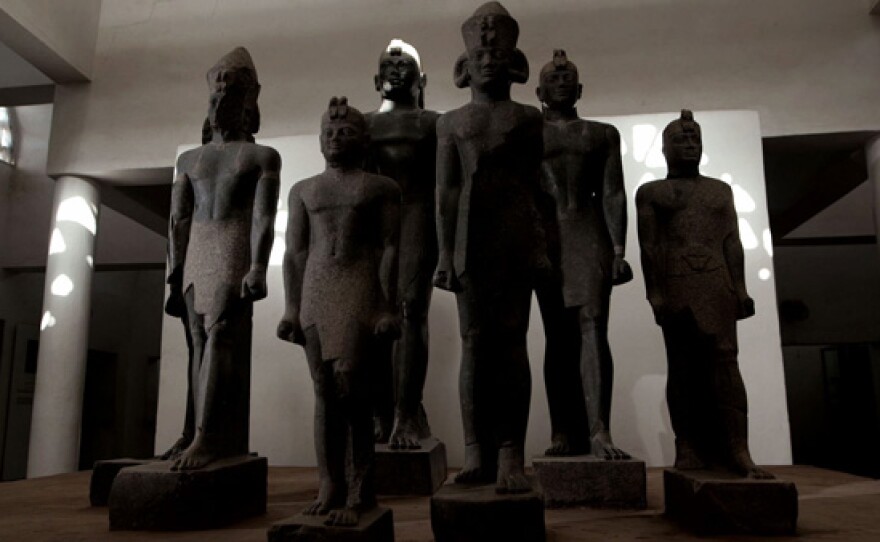
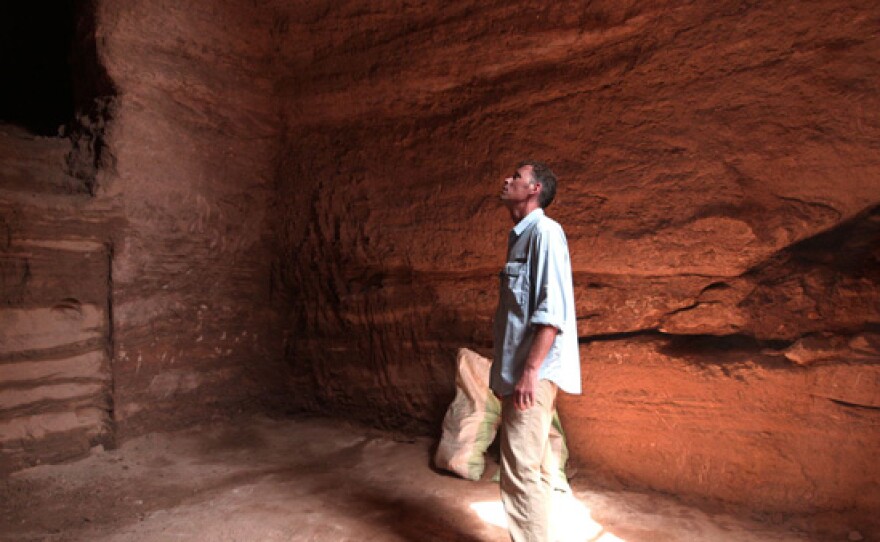
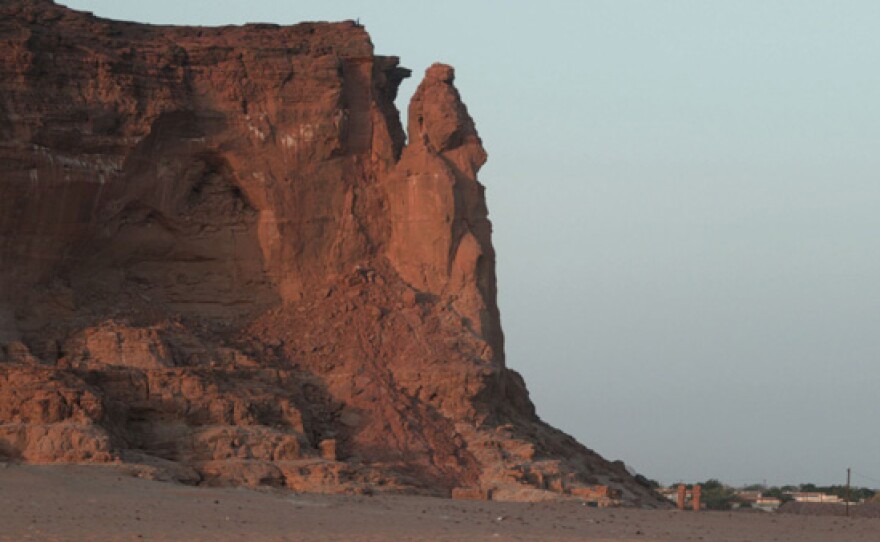
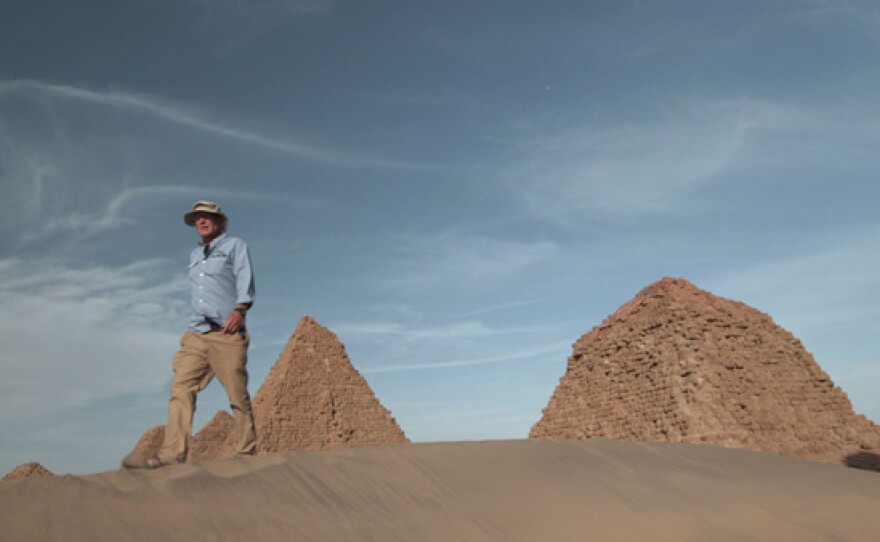
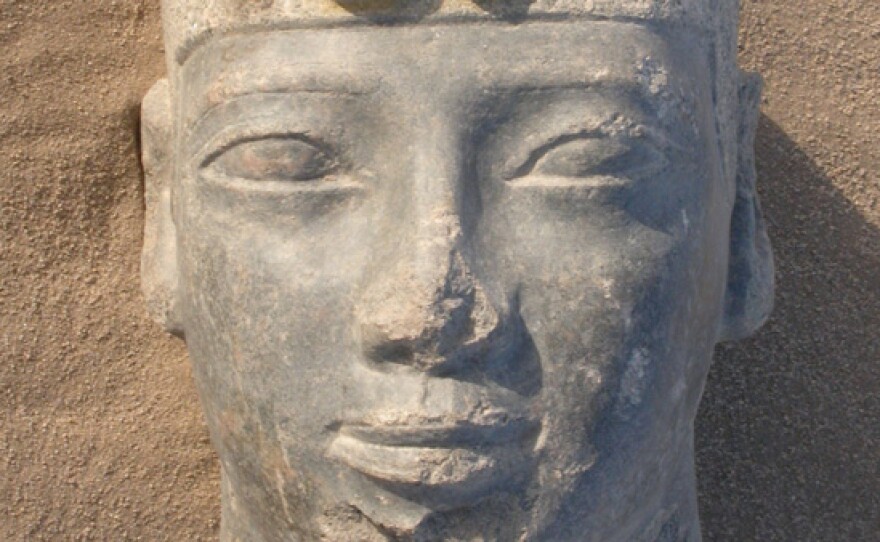
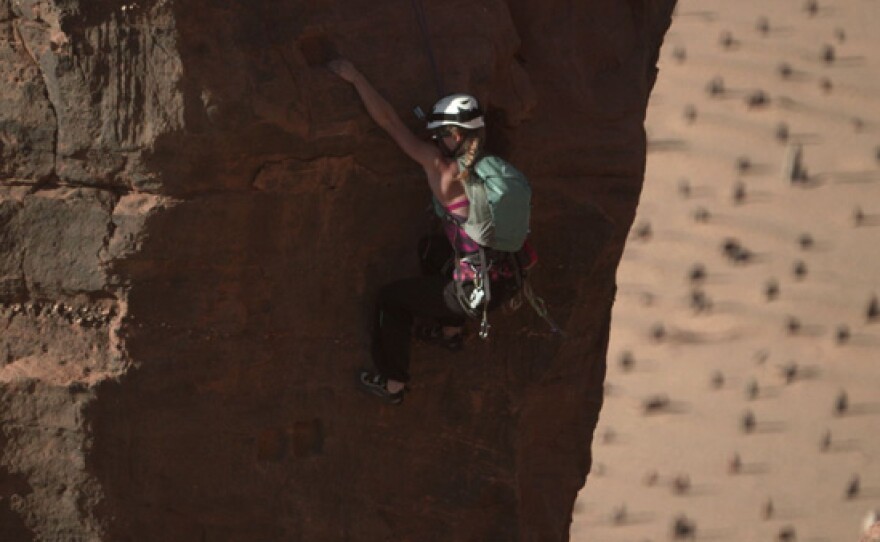
In "Rise Of The Black Pharaohs," National Geographic explores the mysterious Black Pharaohs—the Nubian kings—whose reign has become legendary among Africans and written off as heresy by early archaeologists who refused to believe that dark-skinned Africans could have risen so high.
"Rise Of The Black Pharaohs," premiering Wednesday, October 1, 2014 on PBS, features exciting new archaeological finds in Sudan that are revealing the truth about the great Kush dynasty. Archeologists Geoff Emberling and Tim Kendall are at the heart of the Kushite revival. Emberling, a National Geographic grantee, is digging his way into a royal pyramid/tomb at a site called El Kurru. He hopes to find the bones of a Kushite king and the treasure he took with him into the afterlife. Emberling is following in the footsteps of famous archeologist George Reisner, who excavated most of the other major Kushite sites, but could never get past his racial myopia and accept that these dark-skinned African people had built such an advanced and powerful society.
Not far from El Kurru, archaeologist Tim Kendall has his sights set on a loftier prize. At a mountain called Jebel Barkal, he believes he’s found the key to the rise of the Kush—the underpinning for their belief that they were the true heirs to the spiritual traditions of the great pharaohs like Ramses II and Thutmose III. Both the Egyptians and the Kushites believed Jebel Barkal was home to Amun—Egypt’s supreme god-of-gods. So when the Kushites rose up, they believed they were doing so to put Egypt back on the right religious path—chosen as the true leaders born in the shadow of Amun’s mountain.
Shot in HD in Sudan and Egypt, "Rise Of The Black Pharaohs" uses drones to capture the archaeological sites from above and create important aerial perspective of the excavations. Professional climbers scale a dangerous, crumbling spire, searching for clues about the Kush empire, and agile, networked robots help the archaeologists explore parts of the tomb complex that are too dangerous to enter without scouting. Re-creations round out the film and bring the Kushite uprising to life.
"Rise Of The Black Pharaohs" tells the forgotten story of unexpected conquest and buried history. “The story is a perfect example of history being written by the victors,” says executive producer Jared Lipworth. “Here was this great civilization that rose up alongside the Egyptians, conquered them for a time, and then was relegated to the shadows when the Egyptians recorded their history. George Reisner, the archaeologist who discovered most of the Kush treasures, made matters worse. He unveiled the Kushite civilization, but his narrow-minded view of race meant that despite all the evidence he uncovered, he could not fathom the idea that dark-skinned Africans had built this great society.”
“I think the golden age of Egyptology was taking place just when people’s understanding of the concept of race was at its probably lowest form,” said archaeologist Tim Kendall. “So the idea of a dark-skinned Nubian people taking over Egypt somehow went in the face of their closely held beliefs. Namely, that white European civilization was superior to anything else and that other races were inferior.”
Fortunately, today’s archaeologists are a more enlightened lot. They’re separating fiction from fact and at last giving the Kushites the exposure and respect they deserve as one of the great civilizations of the ancient world. "Rise Of The Black Pharaohs" was produced by National Geographic Television for PBS.
Preview
"Around 800 BC





